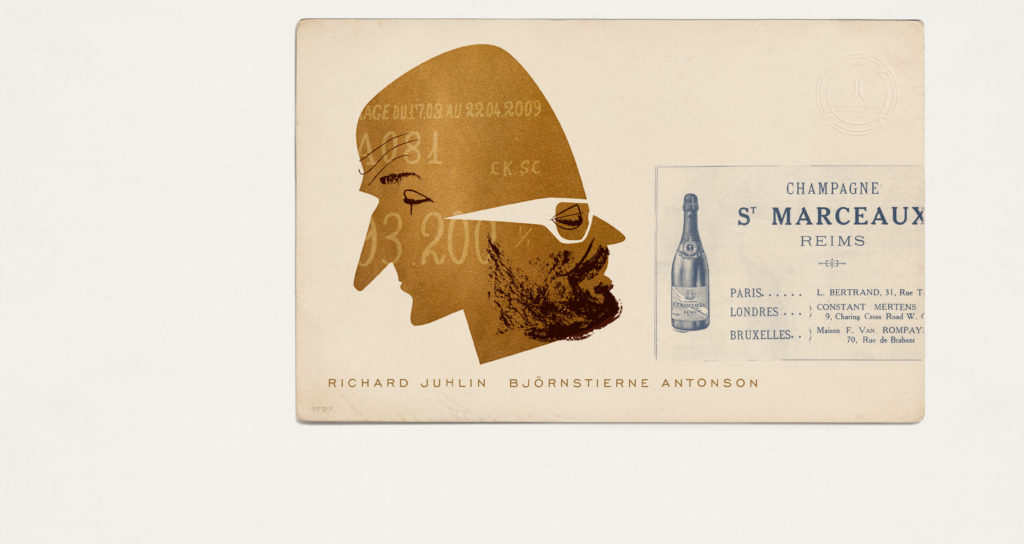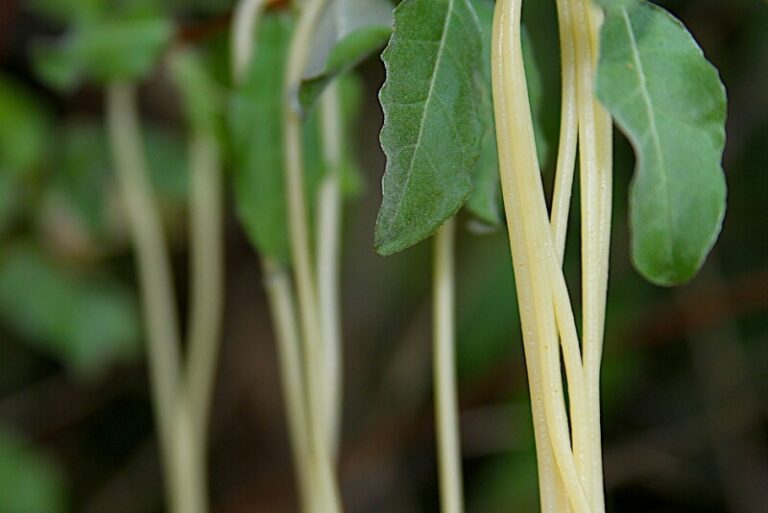Or shall we call it ‘The Richards’ ?! Instead of ‘The Champagne Oscars’ ? We want to sum-up the year of 2023 from a Champagne perspective. In 20+ categories we hand out awards for this years most memorable Champagnes & Champagne related topics!
[featured partner – vigneron.se]
Estimated reading time: 4 minutes


‘Sous le Mont is the wine that usually takes the longest to reach full maturity in the famous sextet. This time with 2016 and last time with 2015 as a base, it sang straight away. The champagne is like a combined Clos des Goisses with its bloody and gooseberry-scented notes and Selosse La Côte Faron Aÿ with its leather-scented and animalic richness. Now as good as the others in the sextet when the solera has matured.’
97(98)p

Jacques Selosse
* * * * *
I’ve mentioned the name of Anselme Selosse on several occasions earlier, partly because he’s my favorite grower, and partly because he’s the most original winemaker in all of Champagne.
The charismatic Anselme is influenced by his time at the Lycée Viticole in Beaune, where he studied together with several famous winemakers from Burgundy. Anselme was determined to attempt to make a great champagne using Burgundy methods. His father Jacques already owned some of the best strips of land in the Côte des Blancs, full of old vines, so Anselme did have some excellent basic materials to work with.
Today Anselme owns four hectares in Avize, one in Oger, one in Mesnil, one in Cramant, 1 in Ambonnay, 1 in Mareuil and one in Aÿ. The land in Aÿ, Côte Faron, is right next to Bollinger’s Côte aux Enfants Anselme has made an oak-fermented Blanc de Noirs from these grapes. All of Selosse’s thirty-five Chardonnay locations are vinified separately in small Burgundy barrels bought in from different barrel makers.
‘Anselme, the perfectionist, does almost everything himself.’
Champagne Club by Richard Juhlin
The old vines—average age thirty-eight years old—are pruned to the maximum in order to minimize the yield. The grapes are harvested later than most and are individually picked. After the pressing, the juice is tapped into 225-liter barriques (20 percent new barrels), where it stays for a year. Once a week Anselme lifts up the sediment with a steel rod in order to further enrich the wine, in a traditional Burgundy process called “bâtonnage.” Selosse categorically rejects malolactic fermentation, which means his rich wines have a bite that is unbeatable.
The wines are then stored up to eight years in the bottle before being disgorged. Just as with Krug, all Selosse’s well-kept wines need at least six months’ bottle age after being disgorged in order for them to be accessible. The dosage is always very low, and only fruit sugar is used to maintain the wine’s natural balance. For the last twenty years, the Selosse family has developed its own system of viticulture which is an approach that follows no set method, but rather permanently adapts itself to the circumstances confronted throughout the growing season in the various vineyard plots. In order to explain their philosophy pertaining to the vines, Anselme and Guillaume often make references to “gatherers”, those who venture out into nature to reap the harvest and collect the fruit found there. Selosse’s wines have given Champagne a new dimension, with their unique, vinous, Chardonnay style.
We hope that his son Guillaume who stands ready to take over not will change the winning recipe to much. The magic man from Avize has swiftly become Champagne’s cult grower number one, after having been chosen as France’s top winemaker in all categories by the magazine Gault Millau in 1994. Despite the fame, the price is resonable. All wines are magical. But my favorites are the lieux-dits from 6 great villages.
‘Thanks for existing Anselme!’
Champagne Club by Richard Juhlin





